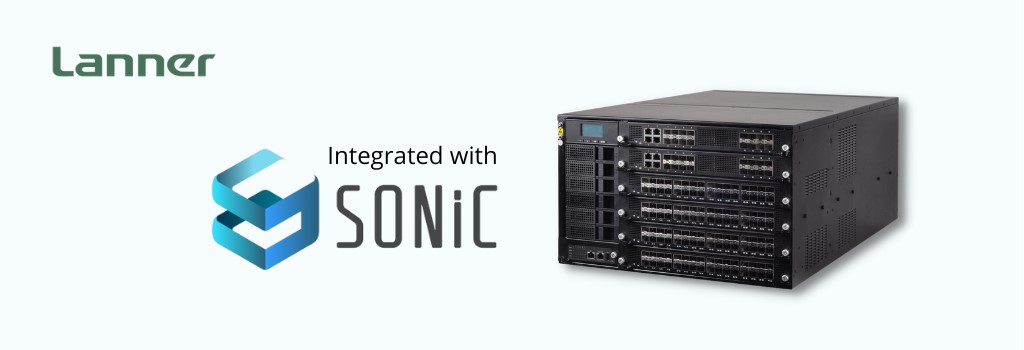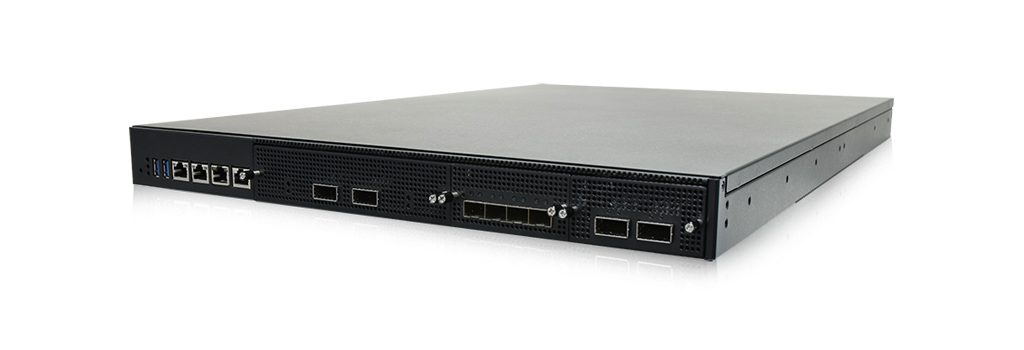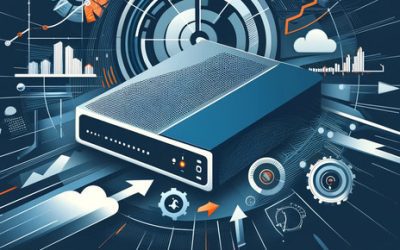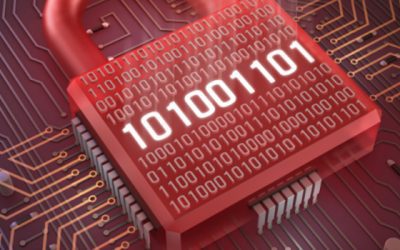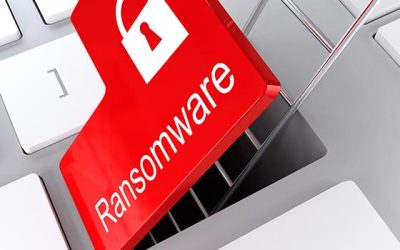The COVID-19 pandemic marked a significant shift in the demands of the US broadband infrastructure. People needed fast and reliable access to critical Internet-based services such as voice, video, and remote access. In order to fulfill these needs, ISPs and mobile operators started to implement network virtualization. The virtualization of networks shows a lot of potentials to help reduce network provisioning times, improve operational efficiencies with network automation, enhance overall network security, among other benefits.
But still, network virtualization doesn’t come without challenges. It can be challenging to manage, store and access VM data, and get the optimal hardware to output high performance and reliability.
1. How the COVID-19 pandemic changed the entire Internet broadband landscape.
The COVID-19 pandemic lockdowns restrained people from going outside to work, learn, entertain, meet, and even work out. It made people highly dependent on reliable, fast, and secure Internet access. Pre-COVID-19, the US broadband Internet infrastructure was unprepared. For instance, bandwidth-hungry Internet services like YouTube and Netflix were provisioned with more Internet bandwidth than critical services, such as video conferencing.
After the COVID-19 outbreak, Capgemini, a digital transformation consulting firm, surveyed 6,300 US consumers. Their survey found that almost half (48%) of those consumers felt their Internet connections didn’t meet their demands. Customers are now looking for ways to increase their Internet connection speed, flexibility, reliability, and price. They need more resources for their critical business-related applications like remote access, videoconferencing, remote education, online training, IT support services, and telehealth. All of such services put a strain on the current US broadband infrastructure.
The lawmakers at Washington know how much Americans depend on fast and reliable broadband access to carry on with modern life and workstyles. In August 2021, they passed a new $1 trillion infrastructure bill, which is believed to be the largest investment in US broadband. The purpose of this bill is to extend the broadband network everywhere and make it accessible for everyone.
2. How does Network Functions Virtualization help?
A large percentage of ISPs and mobile operators are leveraging network virtualization to help fulfill most of these new Internet demands.
Network virtualization is the process of combining software and hardware network resources into a single virtual network. It shows potential to help address those infrastructure demands, including reducing network provisioning times, operational efficiencies improvement with network automation, new routing features, more resilient networks, guaranteed bandwidth, and improved overall network security. Network Functions Virtualization is already being used by ISPs for different use cases, including Mobile Edge Computing, Orchestration Engines, Security, Network Slicing, and Video Analytics.
A quick look into the Network Function Virtual architecture.
The basic structure of a Network Functions Virtualization (NFV) system is composed of three main elements.
- The Virtualized Network Functions (VNF). VNFs are virtualized network services deployed on NFV infrastructure (NFVi). VNFs in a network range from routers, load balancers, to firewalls. They usually run on open computing platforms, which were previously performed by proprietary and dedicated appliances.
- The NFV Management And Network Orchestration (MANO). It is the management and orchestration layer for all network resources, including computing, storage, network, and VMs. The NFV MANO allows the onboarding, deployment, operation, and maintenance of all NFV services.
- The Network Functions Virtualization infrastructure (NFVi). The NFVi is all the hardware and software components that work together to make NFVs run. NFVi is where virtual networks are built and run. NFVI works with hardware, including virtual or bare-metal servers (compute, storage, networking), and software (virtualization), including, hypervisors, VMs, containers, and managers and orchestrators. The NFVI standards help improve the interoperability of these VNF components. NFVI is essential for creating more sophisticated networks without the usual geographical constraints of conventional networks.
From a hardware perspective, this virtual approach to networks allows operators and service providers to run more applications on the same hardware. Although buying fewer servers would translate into less CAPEX and OPEX and help address these new bandwidth demands, virtualizing networks also comes with difficulties.
6. What are network virtualization challenges for these demands?
Although NFV has been a trending technology among service providers, it doesn’t go by without challenges. The most notable network virtualization challenges in the already discussed Internet infrastructure demands include:
a. Virtual networks can be difficult to manage.
Virtualized networks can scale quickly, thanks to centralization and improved visibility. But this easy scalability can also make a virtual network quickly become out of control and unmanageable. Since data and networks are more visible and centralized, they are more challenging to manage.
The VM sprawl happens when a manager can’t control and administer all the virtual resources within a network. When networks scale quickly and leave behind multiple unused and idle VMs, managers can get overwhelmed with the new management overhead.
Finding the right employees with the right skill sets to manage and oversee these networks can also be challenging. A single server can host multiple virtual and container resources, so an administrator has more ground to cover.
b. All data is stored centrally.
Managing the massive data generated by the many virtual endpoints stored centrally can be challenging. For instance, virtual resources don’t have a physical interface to access all data like the hardware-based servers do, so all data must be stored and accessed from a central database.
In a similar case, virtual networks can also use container instances running ephemeral storage, which can turn out to be challenging to manage and store. When the number of containers grows quickly, it becomes challenging to store and manage all that ephemeral, transient data. When either VMs or containers are transferred between physical servers, the data tends to be left behind, making it difficult to relocate.
c. Lack of hardware resources.
Migrating from hardware to virtual has become key for saving hardware resources, improving their utilization, and keeping up with QoS. But still, migrating from live hardware-based to virtual resources entails a high possibility of a low-performance output and reduced availability.
The saturation of virtual instances might cause a quick depletion of physical resources, such as I/O, memory, and bandwidth, from the hardware hosting the VMs. This physical resource saturation may cause performance issues, low bandwidth output, and more latency.
Final Words.
In this post, we discussed how the COVID-19 pandemic changed the demands of the US broadband infrastructure. Most people went from having the Internet at home for entertainment and occasional communication to depending on it for work, communication, collaboration, logistics, and even health.
ISPs and mobile operators started to implement network virtualization to help them improve their network provisioning efforts, introduce new services, add network automation, and enhance network security. Network virtualization helped providers re-provision the Internet services to what customers needed, plus it made ISPs and operators save money on buying expensive proprietary hardware.
However, network virtualization has not been easy to implement. In this post, we brought to light the biggest challenges when it comes to implementing network virtualization; these include management, data storage and access, and lack of hardware resources.
Photo by Mario Gogh on Unsplash



